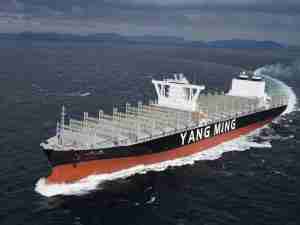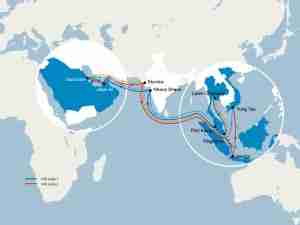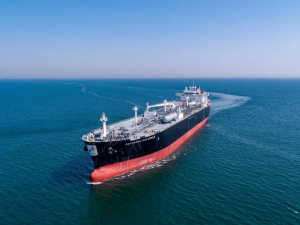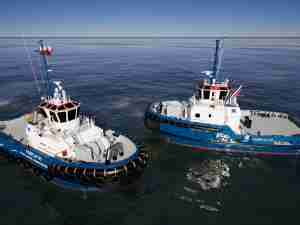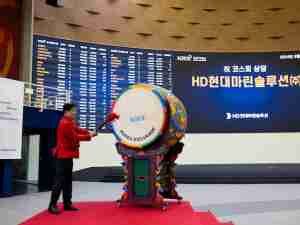According to initial estimates, it would cost the Port of Oakland more than $90 million to modify its infrastructure and implement a shoreside power system for plugging ships into an electrical grid. The Port's electrical grid does not have the capacity to handle the electricity demands needed to accommodate cold ironing.
The Oakland Board of Port Commissioners approved on July 19, a $275,000 investment to test this new technology (Wittmar DFMV' Cold Ironing) that would provide an affordable and effective mobile alternative to the electrical grid-based cold-ironing method.
'We made this investment because we are very serious about our commitment to helping protect the environment. This project offers a viable method of reducing diesel emissions from ships and that is very important for the health of our community,' said Port of Oakland Executive Director Omar Benjamin.
Another significant feature to this project is that the Port of Oakland has also entered into a concession agreement with its technology partner, Wittmar Engineering and Construction, Inc. Under this agreement, the Port would receive 10% of gross receipts on the LNG mobile shoreside power unit being developed for the Port of Oakland.
The potential reduction of air pollution from docked vessels using this new LNG mobile shoreside power will be similar to the environmental benefits from cold ironing. The success of this power test also allows the Port to present its findings to the California Air Resources Board (CARB) for consideration as an approved technology in their proposed ruling on cold ironing for the major California ports. CARB is expected to make its policy decisions later this year (2007). Emissions reduction statistics from the test are available upon request.

